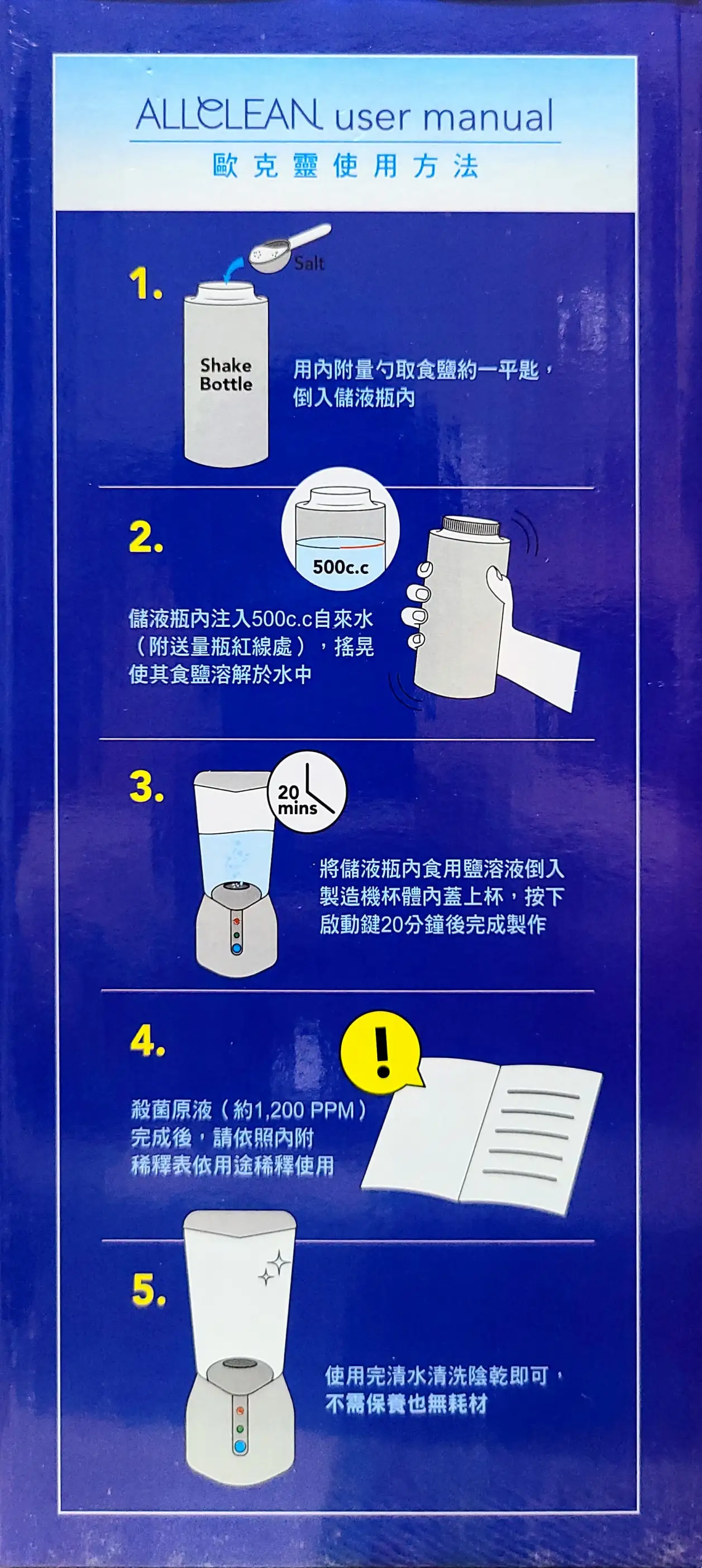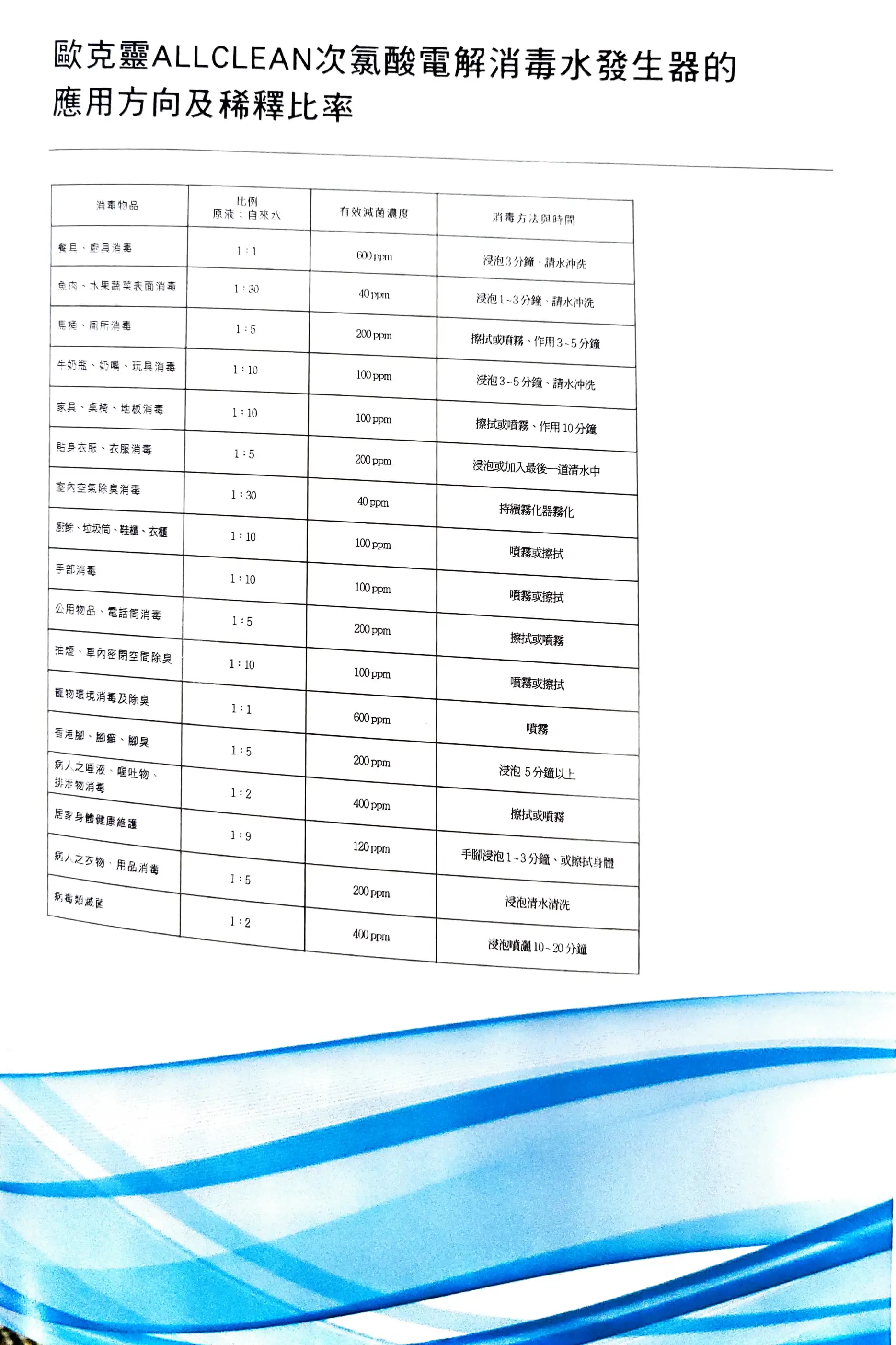[TCL] 基本語法與指令 - 2. TCL 語法
TCL Script 可視為一個包含許多 TCL 指令 (TCL command) 的程式,一個 TCL 指令的基本語法為: command arg1 arg2 arg3 …. 在 TCL 語言中,每行指令的第一個單字為指令名稱 空白字元用來分隔指令名稱與各個個別的參數 個別指令的分隔是以分號與換行符號作為分隔符號 一個參數如果超過一個英文單字 (亦即字串中間穿插空白或其它符號),可用雙引號與大括號將這些元素組成 (grouping) 單一一個參數。使用雙引號與大括號的差別,在於TCL針對雙引號中的字串會做置換處理 (substitution),例如變數值的代換或是執行包含於字串中的 TCL 指令(使用中括號來表示),而對於大括號所括住的內容 TCL則不會有這些置換處理。 底下是一個簡單的 TCL Script 與執行後的輸出: # Demo1.tcl puts stdout one; puts stdout two set x 4 set y 6 puts "$x + $y = [expr $x + $y]" puts {$x + $y = [expr $x + $y]} puts "Hello\n\nTCL!" % ./Demo1.tcl one two 4 + 6 = 10 $x + $y = [expr $x + $y] Hello TCL! 下表所列的符號在 TCL 語言裏有特殊的意義: 置換符號 (substitution symbols) $ 變數值置換符號。$ 符號用來取出指定變數的值。底下利用 set 指令設定 x 變數的值,並用 puts 指令輸出 x 的內容到 Console: set x 5 puts stdout $x 如上列最後一行程式碼,取出變數值時需在變數名稱前加上 $ 符號。 [ ] 命令置換符號。TCL 將中括號中的內容視為一個指令,會執行其中的指令並將結果傳回。例如 Demo1.tcl L5: puts "$x + $y = [expr $x + $y]" 在做完 x 與 y 兩個變數的置換後,TCL解譯器遇到中括號認為其中為另一個可執行的指令,指令名稱為 expr。在執行 expr指令前,TCL 先將...











留言
張貼留言